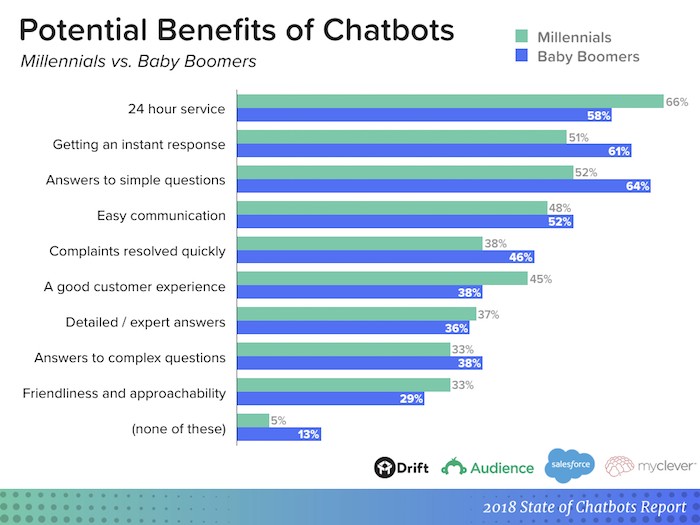The evolution of AI is unquestionably one of the largest developments of the 21st Century already. In a world that’s driven by data, Artificial Intelligence is capable of deciphering information instantly and basing recommendations on its interpretation of the raw figures.
Big data is vital in gaining an understanding of your UX model and optimizing it for the right traffic accordingly. Let’s take a look at how AI can help to interpret data and revolutionize your UX model:
Interpretation of Big Data
The traditional approaches of UX teams are set to be overtaken by the power of AI. Where heatmaps and split testing once reigned supreme, the faster data interpretation speeds offered up by AI will become widely adopted.
Deep learning technology will be capable of tracking and analysing large data sets, while many eCommerce businesses will be capable of learning more from user behavior to tailor their site designs in an effective manner.
As customers interact with a website, AI will study their behavior on-site. If a specific page is producing a disproportionately large number of bouncebacks, this could be rectified in real-time.
Unprecedented Personalization
AI has the power to predict future visitor actions by analyzing customer behavior based on the data it’s collected from user page visits, the clicks they make and how they interact with websites. This data helps AI setups to use past interaction to recommend things for the future – like website destinations, products and CTAs among much more.
It’s also possible for AI to predict future purchase patterns based on the previous ones of customers. This helps businesses to optimize their funnels at the drop of a hat and configure the most effective sales paths of each user. The more effective the predictions developed by AI, the better the insights will be.
In the 2020s, these AI predictions will pace the way for customizable web designs that will be established to suit each user. Other predictions based on preferred colors, image sizes, creative web page asset shapes, font preferences among other features. While some of these predictions and estimations seem excessive, they could ultimately become the deciding factor between whether or not a sale will take place.
Chatbots

(source: Chatbots Magazine)
Chatbots have already become something of an industry standard for eCommerce websites and sites that offer services to consumers. The level of around the clock support that chatbots provide customers can’t be ignored, and soon the UX that they offer will be taken to new heights through advancements in natural language processing.
This form of AI depends on machine learning to interpret data regarding customer interactions, and it develops meaning via text input or speech recognition. While some skeptics see chatbots as a way in which companies are losing their human touch, businesses utilizing the technology are consistently reporting boosts in their customer service metrics. According to Capgemini, 75% of businesses that use AI-based chatbots report at least a 10% boost in terms of customer satisfaction.
Not only are chatbots perfectly capable of operating on a 24/7 basis, but they’re also unaffected by the most colorful of language vented by unhappy customers – helping relieve the stress of customer service roles among employees. This doesn’t mean that robots will replace human customer service operatives, after all, there’s always a need for users to share their problems with real people, but they can certainly alleviate plenty of strain and bring strong levels of accuracy in helping deal with issues.
Automated assistance
Automation is influencing virtually every industry today and has become an integral player in the world of marketing in recent years. Possessing the power to save time, money and effort on the part of human operatives, automation can perform a number of repetitive, menial tasks with ease – and little chance of losing motivation or getting bored.
One of the great pioneers of automated assistance within the world of UX is Amazon. The company attributes 35% of its annual revenue to personalized recommendations, which are continually optimized for each individual user. This relentless drive at automation enables businesses to strategically maximize their returns without much human input.
Creating an appealing user experience for customers is vital in the congested online marketplace. You may have a USP and a slick, smooth website that boasts good organic content, but if you have serious aspirations to win over customers on a large scale and fine-tune each visitor’s experience on your website, automated AI will be an imperative tool in your website’s growth in the coming years.
